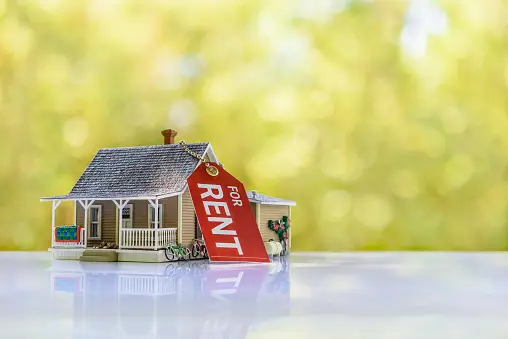Colored with scrolling
Try scrolling the rest of the page to see this option in action.
Try scrolling the rest of the page to see this option in action.

In Canada, renting a home is a popular alternative for plenty of people, including families. It provides convenience, flexibility, and the chance to live in various communities. However, tenants frequently confront a challenge when a temporary relocation is required, such as for professional or personal reasons: what to do with their rented home while they are abroad.
Subletting is a possibility, where the primary tenant, also referred to as the sublessor, rents out the property to a different person, the sublessee, while they are away. It’s important for both sublessors and sublessees to understand the legal ramifications of subletting as well as the landlord tenant law and real estate law that govern this arrangement in Canada, even if subletting can be a practical solution.
Before diving into the specifics of subletting, it’s essential to have a firm grasp of the terms of your rental agreement. In Canada, rental agreements are legally binding contracts between the landlord and the tenant. These agreements outline the terms and conditions governing the tenancy, including rent, duration, and any additional stipulations. Typically, they include a clause that explicitly addresses subletting.
Joint tenancy is a common type of rental arrangement in Canada, especially among roommates or friends sharing a rental property. In a joint tenancy, all tenants are equally responsible for the rent and any damages to the property. When one tenant wishes to sublet their portion of the property, it affects the other tenants as well. Hence, open communication and agreement among all tenants and the landlord are critical.
Obtaining the landlord’s consent for subletting is not just a formality; it’s a legal obligation that tenants must adhere to. This requirement serves to protect the interests of all parties involved and ensures that the subletting process proceeds smoothly and within the boundaries of the law.
Failure to obtain this crucial consent can lead to legal complications and potential eviction, making it imperative for tenants to follow the proper procedures outlined by the landlord tenant law in their respective provinces and territories.
Landlords indeed have the authority to refuse a subletting request, but this refusal must be grounded in valid and justifiable reasons. Common grounds for rejection may include concerns regarding the sublessee’s financial stability or doubts about their suitability as responsible tenants.
However, it’s vital to emphasize that landlords cannot unreasonably withhold their consent. Canadian landlord tenant law obligates landlords to base their decisions on fair and reasonable criteria. If a landlord is found to be unduly obstructive without valid cause, tenants may have grounds to challenge and dispute the refusal.
Once a tenant obtains approval for subletting and transitions into the role of the sublessor, they must remain diligent in upholding the terms of the original lease agreement. This entails responsibilities such as continuing to pay rent on time and ensuring that the sublessee adheres to all provisions outlined in the rental agreement. To avoid potential disputes and misunderstandings, it’s highly advisable for sublessors to establish a separate, written subletting agreement with the sublessee. This subletting agreement should comprehensively outline the sublessee’s responsibilities, specify the duration of the sublet, and clarify any additional terms or conditions that both parties must uphold. Having such an agreement in place helps provide clarity and legal protection for all parties involved in the subletting arrangement.
Another important consideration is the landlord’s right to enter the rental property. In many provinces, landlords must provide notice before entering the premises, typically 24 to 48 hours. However, when a sublet occurs, the landlord’s entry rights may differ. Some provinces require that landlords give notice to both the sublessor and sublessee, while others maintain the usual notice requirements.
In the sublet agreement, it’s imperative to leave no room for ambiguity regarding the sublet’s duration. This means explicitly stating the precise start and end dates of the subletting period. When the agreed-upon sublet period concludes, it is the sublessee’s responsibility to vacate the premises promptly.
Effective communication between the sublessor and sublessee is essential in this regard, as it ensures everyone is on the same page regarding the termination date and any necessary move-out procedures. Clear, transparent agreements and open communication contribute to a smooth and legally sound subletting process for all parties involved.
Subletting can be a practical solution for tenants in Canada who need to temporarily vacate their rental properties. However, understanding the legal implications and abiding by landlord tenant law and real estate law is essential to ensure a smooth and compliant subletting arrangement.
Tenants should always seek written consent from their landlord, clearly outline the terms of the sublet in a separate agreement, and communicate effectively with both the landlord and the sublessee throughout the process. By doing so, tenants can navigate the world of subletting in Canada with confidence and peace of mind. For specific legal advice on subletting or any other real estate matters, it’s advisable to consult a legal professional well-versed in Canadian real estate law.
Back to blogs